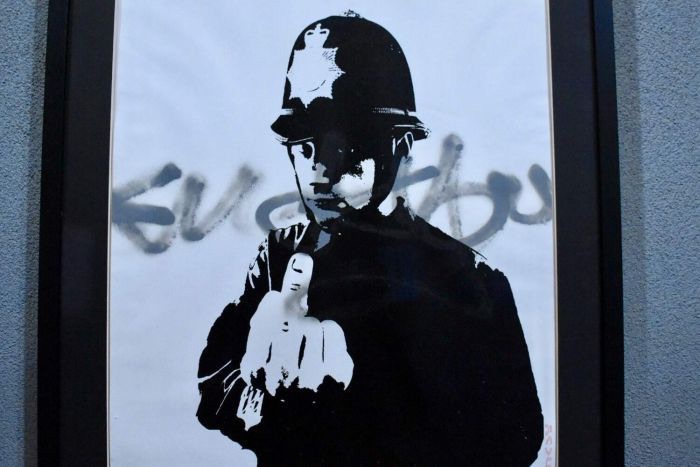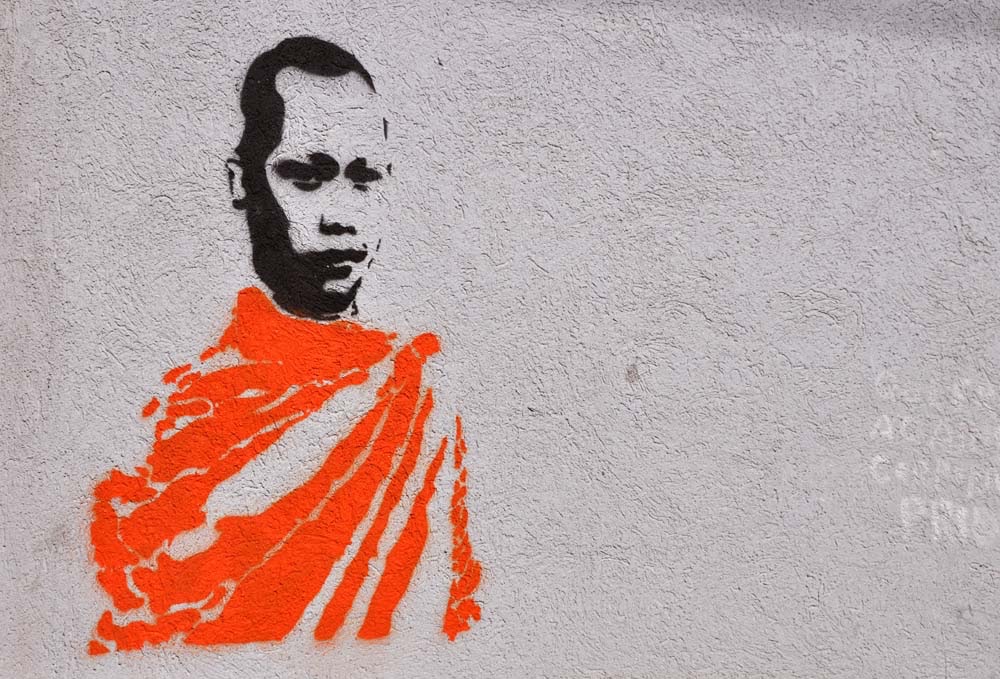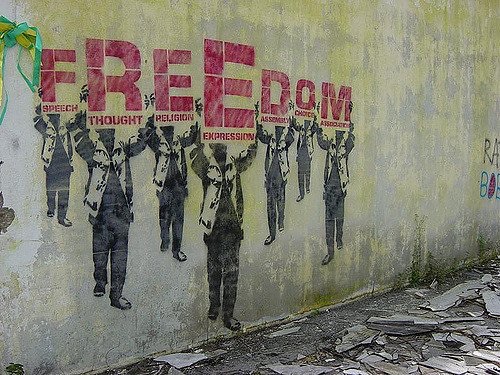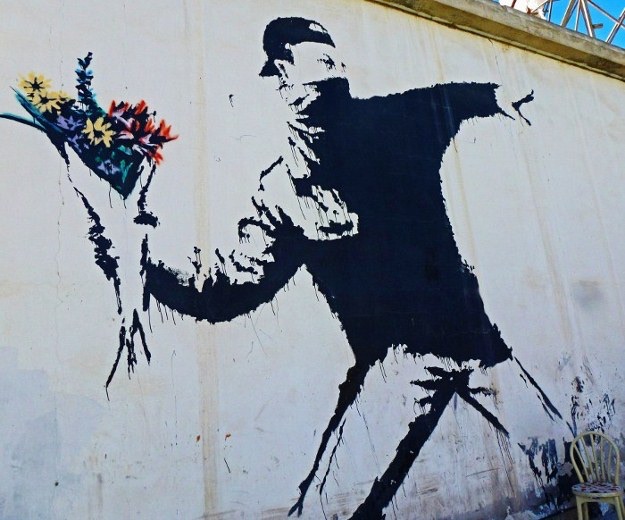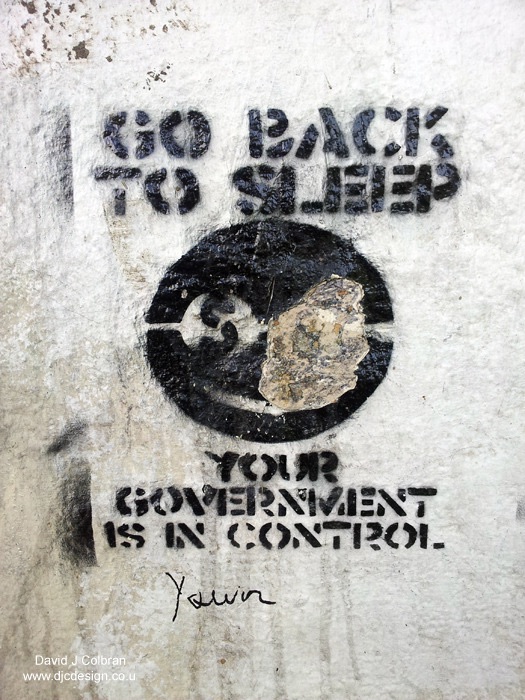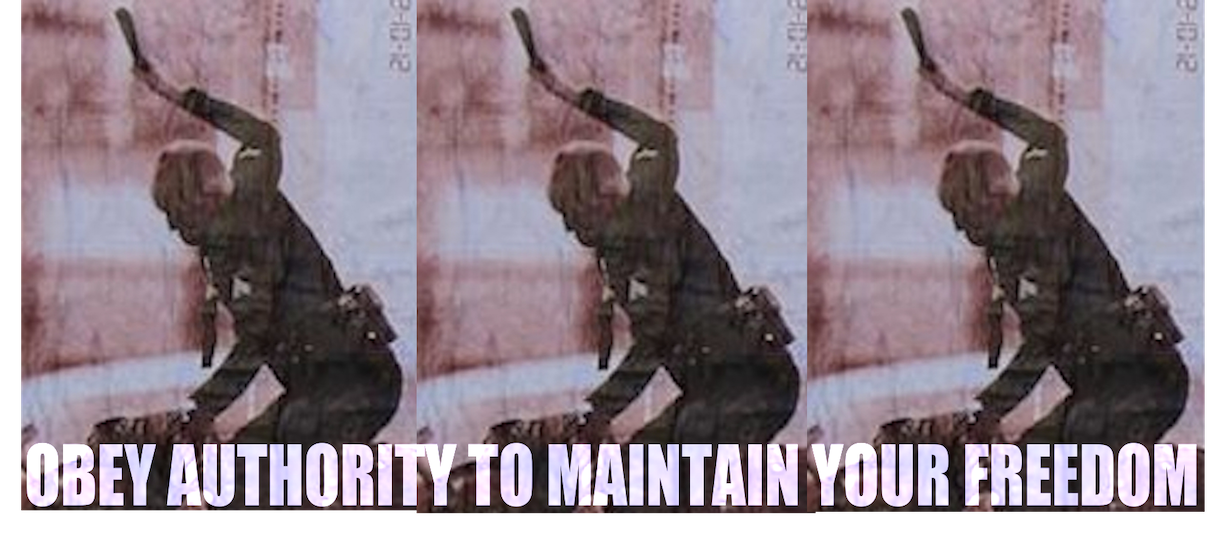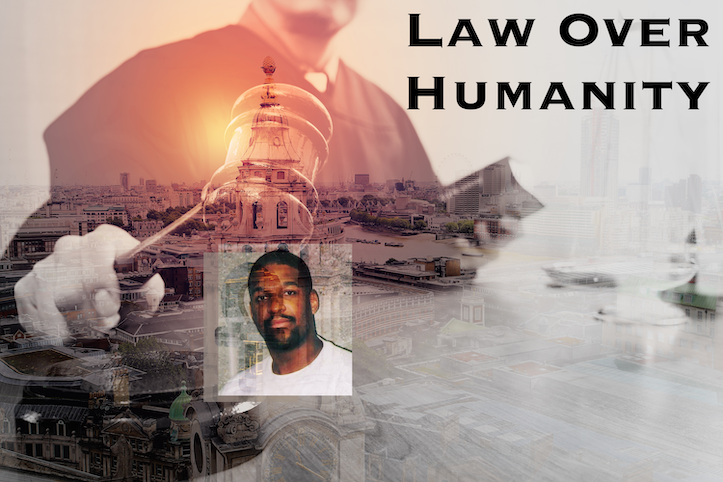From [HERE] In the months leading up to the riot and sexual assault of a teenage girl at the Adair Regional Juvenile Detention Center last November, employees warned that youths were being mistreated in various ways, often isolated in cells not as punishment but because that made it easier for the thinly stretched staff to keep control.
A grim picture emerges of life inside the facility run by the Kentucky Department of Juvenile Justice in Adair County based on interviews with four former employees and internal documents obtained by the Herald-Leader.
“I have witnessed abuse and neglect on a stomach-turning scale,” nurse Joanne Alvarado wrote in her Aug. 1 letter resigning from the facility.
“The treatment of the youths is absolutely terrible,” wrote another nurse, Nina Burton, in her Oct. 6 resignation letter. “They are confined to their room 24 hours a day. They do not even get a shower or recreation daily. They are even served meals in their cells — mind you, the same cells that they defecate and urinate in. It’s absolutely a disgrace.”
The facility’s superintendent, Tonya Burton, vented her own frustration about leaving youths locked in isolation for extended periods, including girls who were pregnant or mentally ill. But Burton said she saw no alternative given a constant shortage of the employees who would be necessary to monitor youths gathering in common areas.
“I am doing the best I can right now,” Tonya Burton wrote in an Oct. 4 text to the medical staff in response to protests over the isolation of youths. “I am working insane hours. I am napping a few hours here and there and working all shifts. I want these kids moving.”
Nobody should have been surprised when violence exploded at the Adair facility on Nov. 11, requiring Kentucky State Police to enter and restore order, according to former medical and security employees.
Police said in a statement that the youths “assaulted a staff member, confiscated the staff member’s keys and released other juveniles from their cells.” During the chaos, a teen girl was sexually assaulted, police said.
The former employees said the violent outburst, while horrible, was sadly predictable.
“When you’re in a cell for three or four days at a time, are you going to want to go back in once you finally get out? No, you are not,” said David Hare, a youth worker supervisor at the Adair facility until he retired in November, in an interview with the Herald-Leader.
“It’s mental and psychological abuse that goes on there,” Hare said. “Somebody needs to go in there and take over.”
Faced with criticism about the juvenile detention centers, Gov. Andy Beshear has announced a number of changes in recent weeks. Among them, Beshear ordered that youths be housed separately by gender and severity of offense. He also approved higher starting salaries for youth workers, taking them to $50,000 a year, as well as pepper spray and tasers as “defensive equipment” for youth workers to use if necessary inside the facilities.
However, Hare and the other former DJJ employees who spoke to the newspaper said they each separately left the Adair facility last fall in disgust because they were so unhappy with how youths are treated there.
“I said, ‘It’s not a matter of if but when this ends badly.’ And that’s what happened,” Alvarado said.
“Anyone could have seen that coming,” Alvarado said. “The way we treated those kids? Nobody in charge cared. And if you messed up there, I swear, you got a promotion.”
Several former employees who spoke to the Herald-Leader said they also have been interviewed by the FBI in recent months about conditions inside the Adair facility. A spokesman for the FBI office in Louisville declined to comment.
A longtime Kentucky children’s right’s attorney, Rebecca Ballard DiLoreto, said she recently represented a client held at the Adair facility. She vouched for the former employees’ accounts of youths stuck in cells indefinitely.
“There are horrible conditions in that facility,” DiLoreto said. “There was no freedom to move around. They just keep them locked down. There was no mental health services provided to him — and my client had severe mental illness. No showers, no recreation, horrible food.”
“If DJJ had been transparent about the conditions inside this place before the riot happened last November, then maybe they could have gotten more funds at the time to improve things,” DiLoreto said. “Maybe they could have even refused to take more kids until they got the help they needed. They could have handled this a lot better.”
‘THEY BROKE HER’
According to various accounts from the former employees, youths’ meal trays were withheld as punishment if a single youth misbehaved; prescription medicine was withheld despite doctors’ orders; youths were hit in the face and head during restraints by staff; and incident reports were altered to conceal incriminating facts.
Last June, a grand jury indicted a woman who worked at the facility, Brooke Belt, on felony charges related to her allegedly bringing in drugs to distribute to one or more youths, according to court records. At least one youth tested positive for drugs in relation to that case. Belt’s trial is scheduled in Adair Circuit Court for Feb. 23.
But of all the deficiencies, the former employees told the Herald-Leader they were particularly shocked by the deteriorating mental health of a teenage girl — a ward of the state — who was locked in isolation last summer with little official effort made to assist her.
The girl ended up naked, covered in her own filth and nearly catatonic, according to the employees and documents obtained by the Herald-Leader from some of the employees and through the Kentucky Open Records Act.
“They broke her. It was Adair County that broke her,” said Beth Johnson, a former nurse at the Adair facility. “That whole wing smelled so bad, nobody could go down that wing.”
“We tried to get her help, but the excuse was always, ‘We can’t do anything with her because she’s naked.’ Well, she’s naked because she’s going through a psychotic break,” said Nina Burton. “She needs to be in a hospital or some sort of psychiatric facility, not a jail.”
A youth worker supervisor was put on investigative leave and later disciplined for inappropriate or excessive force after he forced the girl’s hands back through the flap of her cell door on July 1, according to state records. Kentucky State Police referred an allegation of official misconduct to prosecutors, where it is pending, police say.
The girl was reaching out the door flap and saying, “Please help me, please help me” when her arms were painfully twisted and forced back into her cell, witnesses said. Security staff then angrily ordered the flap kept shut, they said.
The girl was manic that day, hearing voices inside her head, witnesses said.
“If this child was with parents and found in this condition, she would be removed from their custody and the parents would be jailed!!!! This is unethical and at this point criminal!!!! Short staffing does not excuse abuse,” nurse practitioner Angela Jessie wrote in an Aug. 1 email to six of her medical staff colleagues at DJJ.
“I will be filing a grievance tomorrow in hopes that the commissioner and/or executive staff will intervene,” DJJ nurse administrator Deborah Curry replied to the same group of people in her own email.
“This should not be tolerated in any DJJ facility,” Curry wrote. “It’s the worst I have ever experienced and we have all experienced it some time or another. And they’re basically bullying this youth.”
“I will be glad when someone watches these videos, especially before they come up missing. They’re supposed to be archived but I was told they probably won’t archive these,” Curry wrote.
FRANKFORT OFFICIALS KNEW
The former employees said the Department of Juvenile Justice did not acknowledge their concerns.
“We screamed at the top of our lungs, the whole time we were there, that things were going wrong,” said former nurse Beth Johnson. “But all the way to the top, you hear the supervisors say, ‘Well, I didn’t hear it this way, that’s not what was told to me.’”
In fact, the problems at the Adair facility were no secret to state officials in Frankfort.
As the Herald-Leader previously has reported, like other DJJ facility directors, superintendent Tonya Burton sent monthly reports to DJJ Commissioner Vicki Reed throughout 2022 to update her on lack of staffing, security lapses and poor morale among youths and employees.
The Adair facility — both a detention center and a development center, meant to hold youths before and after a conviction — had an average daily population of 35 youths last summer with at least a dozen job vacancies among its youth workers, according to the reports.
Sometimes only three staff were on the floor to watch the youths when there should have been twice that number, employees said.
In its monthly reports, the Adair facility confirmed that it commonly placed youths on “lockdown” due to inadequate staffing, although it tried to put items such as DVD players in their cells to help them occupy their time.
Regarding the girl locked alone in a cell with failing mental health, Tonya Burton told Reed in July’s report: “She stopped taking a shower, cleaning her room and wearing clothes. She stripped down naked and refused to shower or clean her room. This made the room a mess and have an odor.”
The disturbed girl’s plight “took a toll on staff,” the superintendent told the commissioner. “It has been a tough month for us in dealing with our residential female.” [MORE]



















































































































































